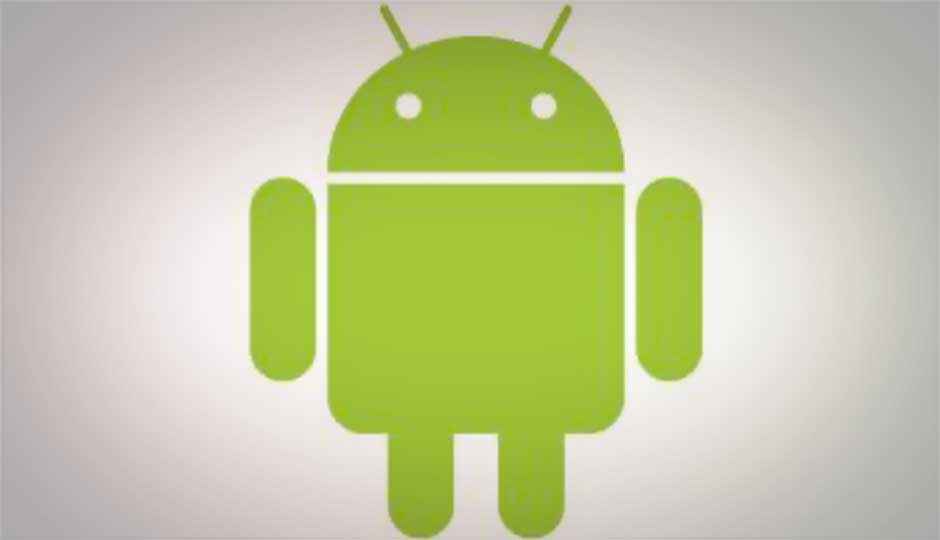Android 4 SDK now available
By
Kshitij Sobti |
Updated on 20-Oct-2011

Google has released the SDK for the latest version of Android that consolidates the Mobile and Tablet versions of their OS. You can read more about some of the features it brings here.
 Survey
Survey✅ Thank you for completing the survey!
To support the major new features that Android 4 brings for users, there have been numerous additions and improvements for developers as well:
- UI framework
- Unified Framework
Now Android features a unifies UI framework for mobiles, tablets and other form factors (TV etc.). Many of the features added in Android 3 for tablets are now usable across form factors. This includes fragments, content loaders, Action bar, new notifications etc. - New UI components
Numerous new UI components have been added to Android 4, such as Grid layout for better performance due to faster layout of UI components; OpenGL ES texture view, for directly using OpenGL ES textures as view components and manipulating them as such; and Hardware-accelerated 2D drawing, since hardware-accelerated 2D will be a mandatory hardware requirement for Android 4 devices, app developers can take advantage of this by accelerating common operations.
- Unified Framework
- New communications and sharing APIs
Android 4 includes new APIs for sharing and social networking:- The new Social API allows Android applications to bridge across social networks. Apps using this API can tap into a common contacts, and profile information resource. This can work across social networks, email, SMS, calling etc.
- The new Calendar API gives applications access to a common event management database so applications can create events, set reminds etc. Other apps can use this data to further enrich their experience with relevant data from a user’s calendar.
- Android Beam is the name of Android NFC feature that lets users share information between two NFC-enabled devices.
- New media features
Numerous improvements to multimedia features are also coming with Android 4:- Low-level multimedia
Android applications can now process multimedia content at a lower level, and use their own proprietary codecs (if they want). Such apps can obtain the multimedia data from any source, and pass it to Android in a supported format to render it. A new OpnMAX AL-based API is available to developers. - Camera features
New camera features such as: “ZSL exposure, continuous focus, and image zoom” allow developer to take better quality captures. A face recognition service can detect faces and provide information about them to developers. - Audio remote control
Apps can now register to receive media button events so they can be better integrated into the OS. Applications can provide metadata to the remote control and receive media events in return allowing for features such as the new media control during locked screen to work with all media apps. - Support for WebP, VP8, HTTP Live streaming protocol version 3, encoding ADTS-contained AAC content and Matroska containers for VP8 and Vorbis
- Low-level multimedia
- Connectivity
Android 4 supports new connectivity options:- Wi-Fi
Applications can now directly connect using Wi-Fi, thus enabling more flexible use of the connection. - Bluetooth
Support for Bluetooth Health Device Protocol has been added, enabling developers to interface with health sensors in hospitals, fitness centers etc.
- Wi-Fi
- Input
- Stylus input, buttons, hover events
Stylus input information such as tilt, pressure etc. can now be utilized by applications; additionally, a distinction can be made between different tools such as stylus, finger, mouse, and eraser. Events associated with mice have also been added (different click events, hover etc.) This stands to make Android applications a lot more flexible and powerful, especially on tablets, where such applications could now better use connected mice, and other input devices. - Spelling checking
External applications can now provide services for spelling checking or suggestions.
- Stylus input, buttons, hover events
- Accessibility
A new text-to-speech API is now available to all applications, and in addition new APIs are available for accessibility applications to understand the view hierarchy for any event. - Network usage
While users get the benefits of better awareness and control over data usage, this data can also be used by applications to better manage their network usage as network conditions change. - Security
New security features include “Address Space Layout Randomization” and secure management of credentials by Android for any application the need to store user certificates etc. - Enterprise
Enterprise app developers get a new VPN client API, and a new policy control that lets administrators remotely disable the device camera.
Those looking to download the SDK can visit the Android developer site for more information and download links. Since the SDK includes an Android 4 system image, it is also a good way for those with itchy fingers to try out the latest version in a VM.